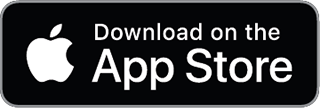Westport/Olympic Peninsula surf forecast guide
Westport, located on the outer edge of Grays Harbor, is known for its long stretches of beachbreak and outdoor vibe. It's part of the Olympic Peninsula, surrounded by lush woods and lowlands, with communities like Moclips and Copalis Beach nearby. The surf scene is highlighted by heavy swells and onshore winds, making it a go-to spot for those looking to ride the waves. Access to the beach is pretty straightforward, with several entry points south of town, including Midway Beach Road and Cranberry Beach Road.
The surf here is quite dynamic. You'll find waves that range from shoulder high to overhead (about 1.2 to 2.1 meters). The North and South Jetty breaks are the main attractions, especially when the swell hits from the NW, W, SW, or even several directions towards the South. Half Moon Bay, tucked into the harbor entrance, offers a mix of left and right breaks and serves up fast, hollow waves, particularly appealing during those windy winter days. The bottom is sandy, which allows for minimal paddling effort, though the winds, especially from the east and southeast, can be a factor to contend with, particularly in the north end where the waves can get a bit dumpy. The best tide heights to paddle out are mid to high, making it a decent spot for beginners to experts alike, especially when the swell range is between 4ft to 7ft (about 1.2 to 2.1 meters).
Crowds can be manageable, with most surfers sticking to the South Jetty and Half Moon Bay, so you can usually find a wave to yourself. The vibe is pretty mellow overall, making Westport a chill spot to hit up. Remember to keep an eye out for the rips and those howling onshore winds, especially in the winter season from June to February. So grab your board, whether it’s a shortboard, funboard, longboard, or even a fish, and get ready for some fun surf action.

